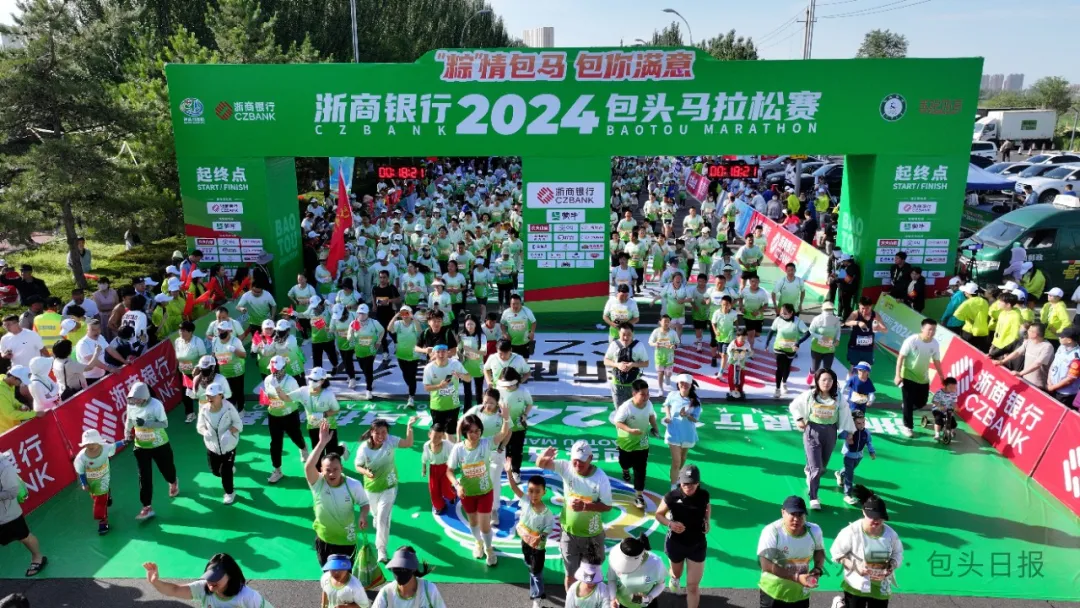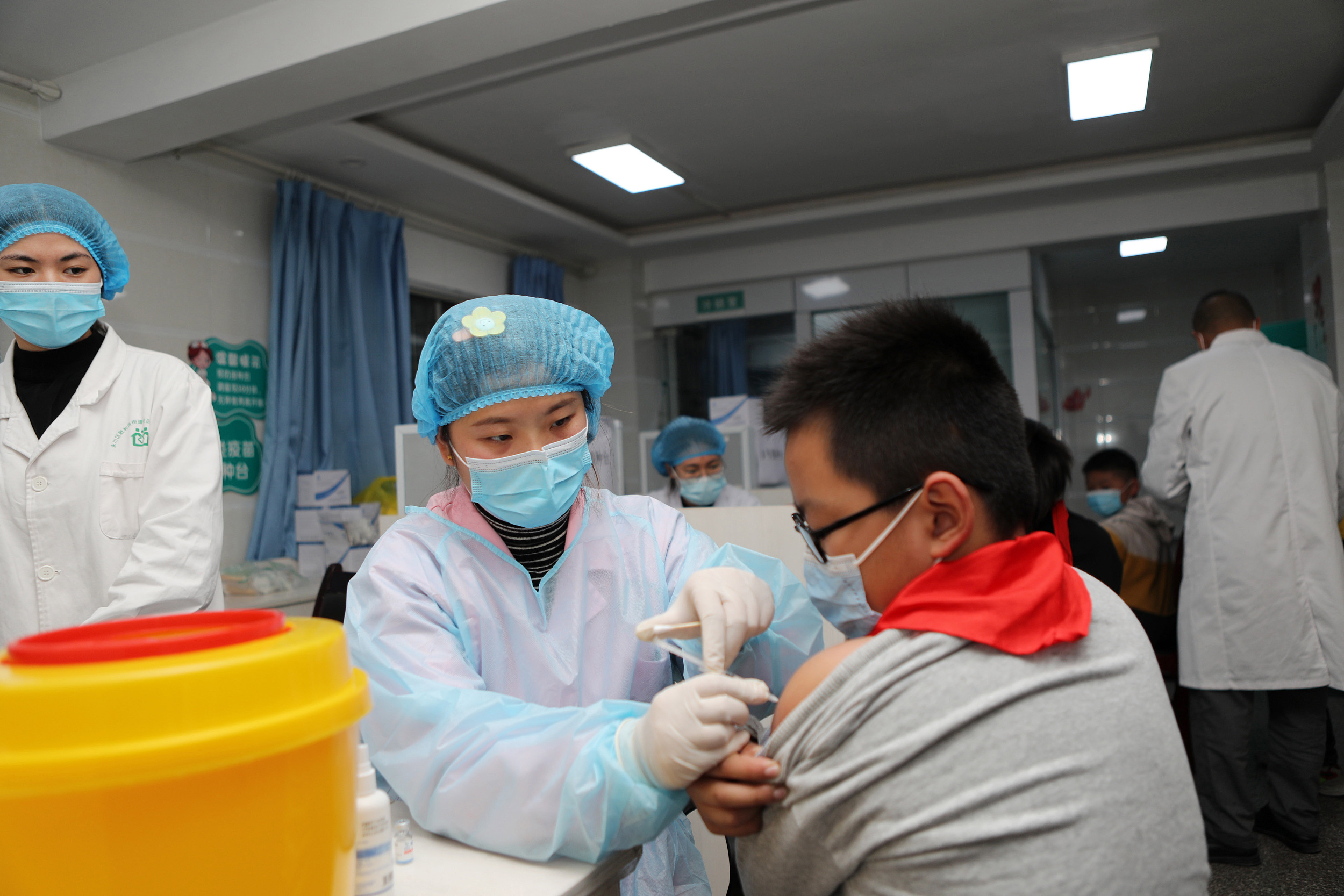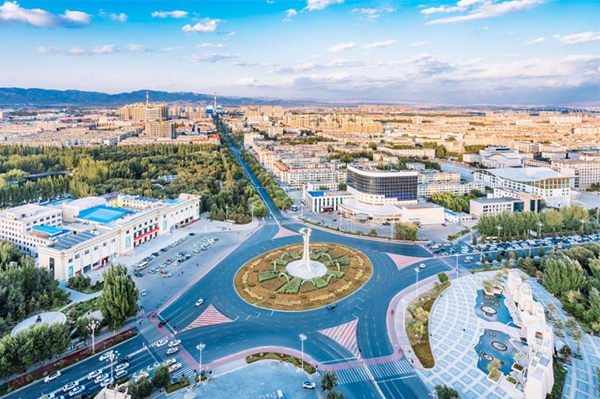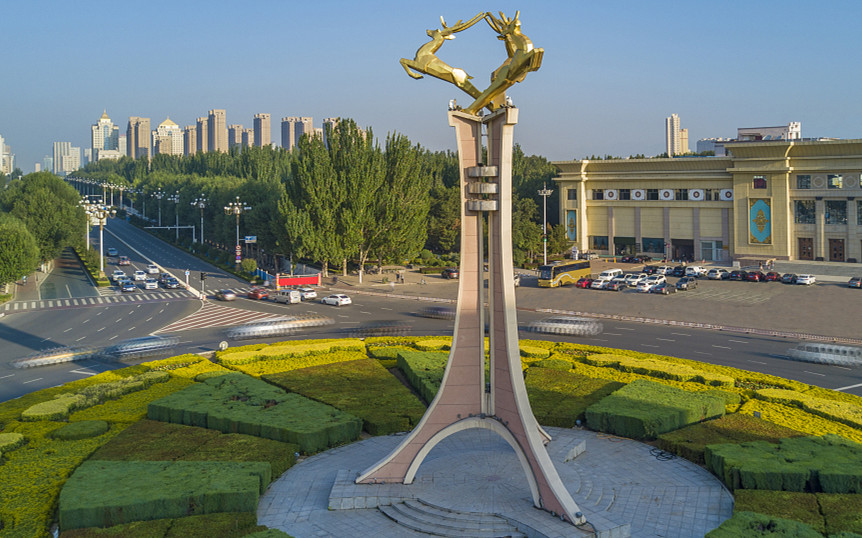Inner Mongolia sees economic growth in first six months
In the first six months of this year, the GDP of North China's Inner Mongolia autonomous region reached 826.67 billion yuan ($120.28 billion) with an increase of 5.5 percent over the same period compared to last year, according to local authorities said at a press conference held in Hohhot, the capital of the region on July 17.
The region's economic development was steady with an upward momentum during the first half of 2019, and the industrial structure of the region has been further optimized. With the development quality continuously improving, the region's economy is getting stronger and more resilient.
During the first six months of 2019, the region's agriculture and animal husbandry industries achieved steady growth, and the cultivation and culture pattern has been continuously optimized. The total output value of agriculture, forestry, and animal husbandry and fishery industries has reached 62 billion yuan, an increase of 1.8 percent over the same period last year.
Industrial production has risen steadily, and the added value of industrial enterprises above designated size has increased by 7.1 percent year-on-year. In particular, from January to May, 2,697 industrial enterprises above designated size achieved a total profit of 58.50 billion yuan, with a year-on-year increase of 7.9 percent.
The service industry became a major support to the region's economy, accounting for 50 percent of the overall economic growth in the region. Moreover, the emerging services industry is developing rapidly. From January to May, among the services enterprises above designated size, the operating income of the Internet industry increased by 17.4 percent year-on-year, and the operating income of the software industry increased by 40 percent.
Investment in fixed assets for projects valued over 5 million yuan in the whole region increased by 0.4 percent year on year. Meanwhile, consumer prices rose slightly and industrial producer prices (PPI) rose steadily.
Residents' income increased, and the per capita disposable income of residents in the region reached 14,548 yuan, a year-on-year increase of 7.5 percent.
The supply-side structural reform continued to advance. As of the end of June, the saleable area of commercial housing was 11.04 million square meters, a decrease of 178,000 square meters from the end of May.
According to local authorities, the region will focus on promoting high-quality economic development, deepening reform and opening up, optimizing the business environment, and coordinating efforts to promote stable economic growth, deepen reform, boost structure adjustment, benefit more residents, prevent risk, and ensure stability and fully mobilize the enthusiasm of all aspects to ensure sustained and healthy economic development and overall social stability.





 Sketching and creation tour in Baotou
Sketching and creation tour in Baotou